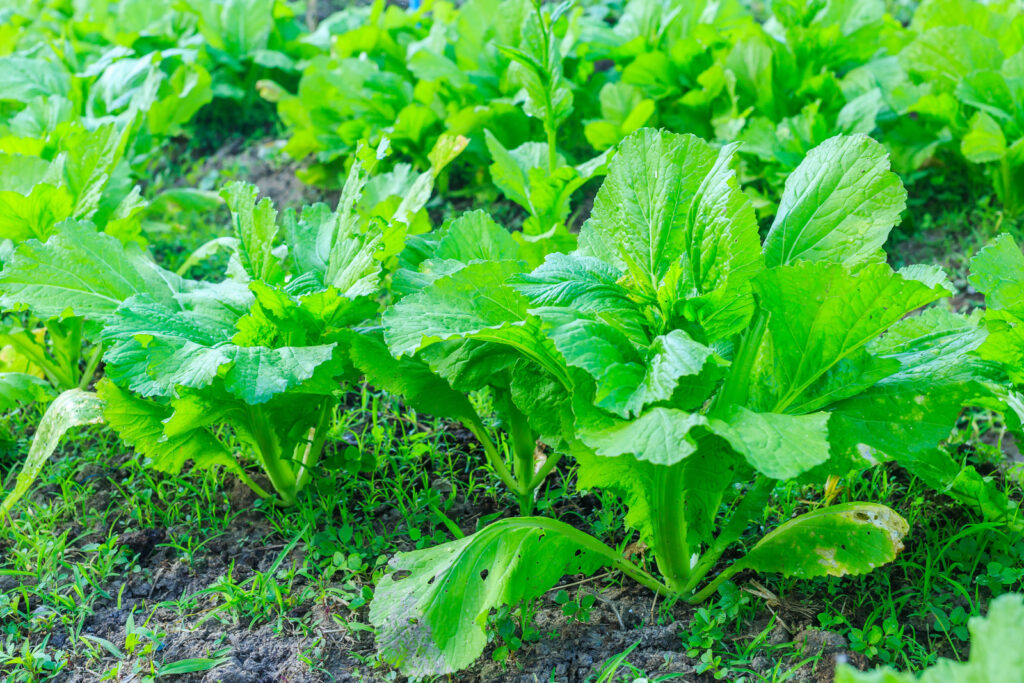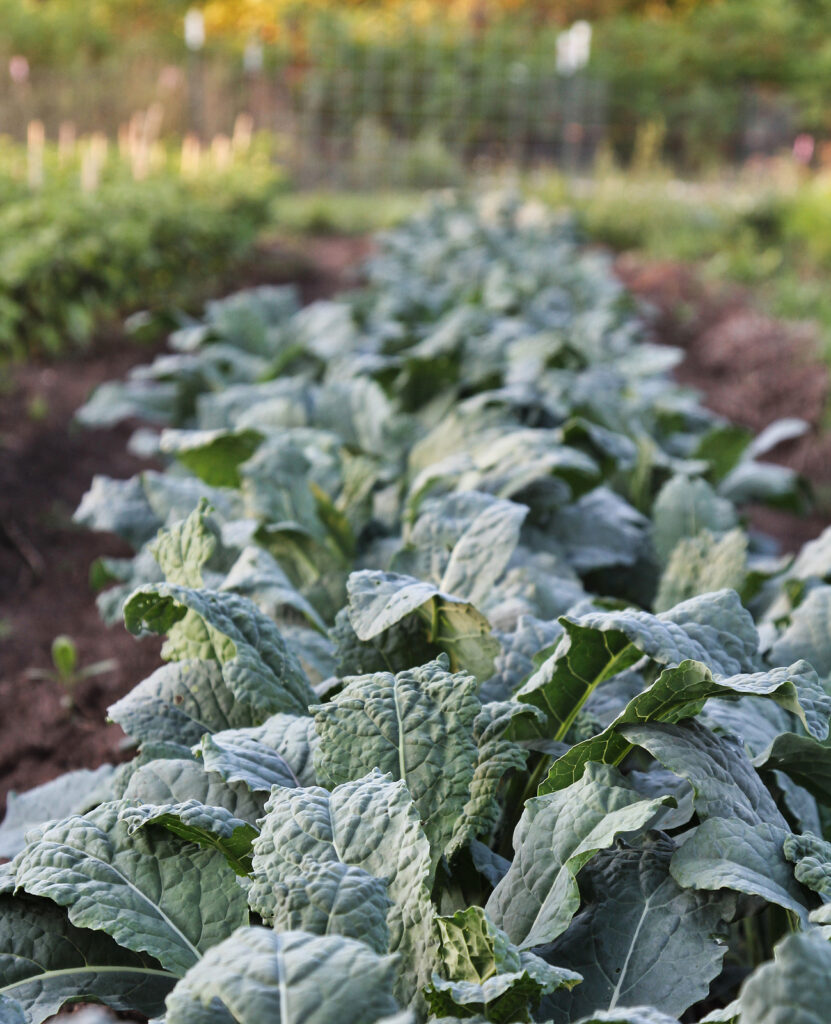How to Grow Kale – Harvesting for the Table

Sharing cares!
Kale is a hardy annual plant. Kale leaves are similar to cabbage. Scotch kale has wrinkled and gray-green leaves. Siberian or blue kale is slightly curly and has a blue shade.
Botanical name. Brassica oleracea acephala; kale belongs to the cabbage family, The Cruciferae.
Time to plant kale
Kale is a cool climate plant that can tolerate temperatures down to 20°F. Kale does not tolerate heat. Direct seed or transplant kale to harvest before temperatures rise above 80°F. Kale is usually started indoors and planted in the garden when the seedlings are 4 to 6 weeks old. In cool summer regions, plant kale from early spring through summer to early harvest. In regions with warm, hot summers, plant kale in late summer for fall or winter harvest. In regions with mild winters, kale can be sown in the fall for winter harvest. Kale needs two months of cool weather to reach harvest.

Planting kale
Kale likes rich, well-drained soil with a soil pH between 5.5 and 6.8. Plant kale in full sun; plant kale in partial shade in warmer climates. For the best flavor, plant kale in cool weather.
Planting and dividing old
Plant kale seeds ½ inch deep within three inches; thin plants to 12 inches apart when 4 to 5 inches tall. Space rows 18 to 24 inches apart. Set the transplant with crooked stems up to the first leaves.
Express. Plant 4 to 5 plants per family member.

Kale watering, feeding, and care
Keep the kale well-watered to keep it growing and prevent the leaves from getting too hard. Apply old compost to planting beds before planting. Sidedress kale with old compost every 6 weeks. Mound the grass around the kale when it is 6 inches high to prevent the plants from touching the soil; soil easily sticks to kale leaves that tend to shrivel.

Container growth old
Kale will grow in a 6-inch container. Plant kale on 8-inch centers in large pots. Move potted kale into cool shade when the weather warms to extend the season.
Kale pests and diseases
Kale can be attacked by cutworms, cabbage looper, and imported cabbage worms. Control these pests by hand picking or spraying with Bacillus thuringiensis. Kale has no major disease problems.

Harvesting and storage old
Kale will be ready for harvest 55 days from transplanting, 70 to 80 days from seed. Cut individual leaves to use when the plant is 8 to 10 inches tall; cut the outer leaves first. If you are harvesting a whole plant, cut it two inches above the soil and the plant will sprout new leaves in 1 to 2 weeks. Harvest kale before it gets old and tough. Leave the kale in the garden until you are ready to use it. Its taste will be erased by frost. Kale will keep in the refrigerator for 1 to 2 weeks in a plastic bag. Kale can be frozen, canned or dried.
Kale varieties to grow
Open-pollinated varieties include: Blue Curled Scotch, Casper, Improved Dwarf Siberian, Nero di Toscana, Red Ruffled, Russian Red. Hybrid: Blue Knight, Winterbor.
Related Articles:
Kale Seed Starting Tips
How to Harvest and Store Kale
Seven Ways to Worship Kale



